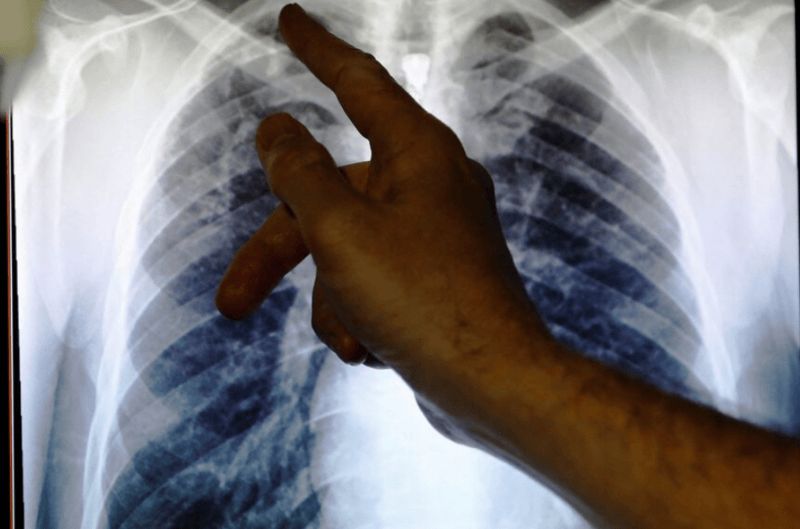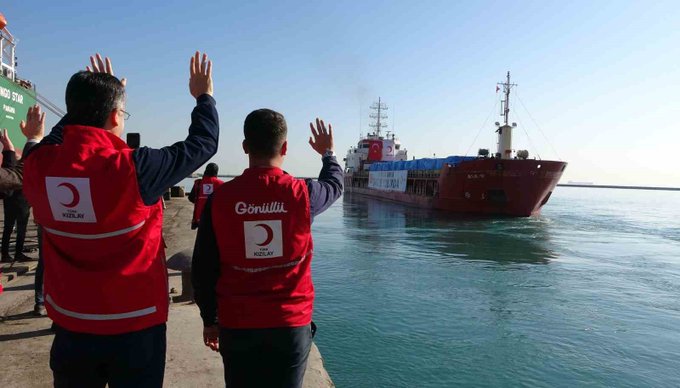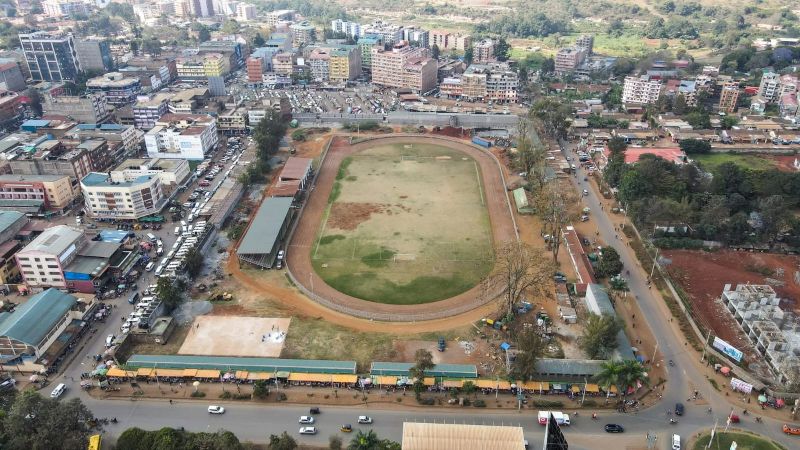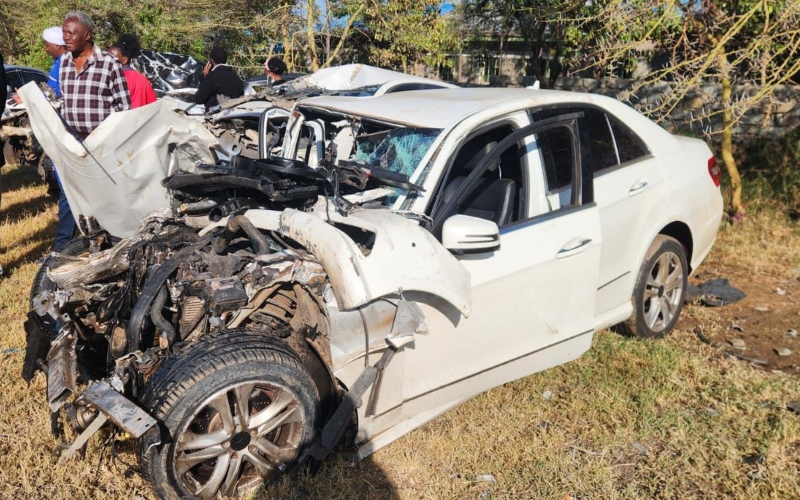TB in Africa: global report shows successes, but Nigeria and DRC remain important hotspots

When it comes to TB infections the WHO African and European regions have made the most progress: a reduction of 24% in Africa and 27% in Europe.
The World Health Organisation’s 2024 Global Tuberculosis report reveals a sobering reality. Formidable challenges remain in the fight against the world’s most infectious disease: persistent poverty in high-burden countries; increased rates of infection among vulnerable populations; the inability to find and treat all missing cases; and funding shortfalls.
The WHO’s report measures progress in two ways: the number of TB-related deaths, and the number of people who become ill. There is still a long battle ahead to eradicate a disease that results in over 10 million patients among those already infected and claims around 1.5 million lives each year. This even though it is preventable and curable.
More To Read
- WHO review finds no link between childhood vaccines and autism
- Traditional medicine is now a global reality: WHO
- WHO warns tobacco use threatens fertility in men, women
- Malaria: Drug resistance and underfunding threaten progress towards eliminating killer disease
- Sudan’s crisis deepens with communities trapped in ‘siege conditions’
- Adult obesity treatment enters new era with WHO-endorsed GLP-1 drugs
The good news is that some countries in Africa have made significant progress in reducing infection rates and TB-related deaths.
Global health specialist Tom Nyirenda assesses some of the report’s key findings and messages.
Tackling poverty beats TB
In 2023, an estimated 10.8 million people fell ill with TB worldwide, including 6.0 million men, 3.6 million women and 1.3 million children. This is slightly more than the 10.6 million people recorded in 2022.
TB can be defeated because we have good diagnostic tools and effective treatment for the commonest forms of the disease. Global funding, which is critical in fighting TB, is not yet up to the scale that is required to stop the disease. Only 26% of the funding committed by global partners to TB prevention, diagnostic and treatment services has materialised so far.
Good diagnostic tools and treatment aren’t the panacea. Almost 87% of TB cases are from 30 high burden poor countries of the world. Slow or lack of economic progress of affected populations is one of the greatest challenges the world continues to face.
TB-related deaths
On the positive side, progress has been made in reducing TB related deaths in the Africa region. The continent saw the biggest drop in TB related deaths since 2015 of all six regions – 42%. The European region came next with TB deaths down by 38% in the same period.
When it comes to TB infections the WHO African and European regions have made the most progress: a reduction of 24% in Africa and 27% in Europe.
One of the main reasons for the success in Africa has been progress in treating HIV patients. This is because TB is one of the most common opportunistic infections among patients with HIV. (Opportunistic infections occur more often or are more severe in people with weakened immune systems.)
Before antiretrovirals transformed treatment for HIV patients, the African continent had the highest TB-HIV co-infection rates in the world. High mortality was experienced among co-infected patients.
At one stage HIV prevalence among TB patients was estimated to be as high as 90% in some areas of sub-Saharan Africa.
Treating co-infected patients with antiretrovirals has contributed significantly to the drop in TB-related cases and deaths on the continent.
Some countries have increased TB screening among vulnerable groups such as children and those who live in confined areas, such as prisoners and displaced people.
Mixed bag of infection rates
Successes within the African region vary from country to country.
For example Nigeria and the Democratic Republic of Congo are among eight countries that accounted for about two-thirds of the global number of people estimated to have developed TB in 2023. Nigeria has 4.6% of the global new cases and the DRC has 3.1%.
It’s noteworthy that both countries have high levels of poverty; they are vast, with huge populations; and their health services are limited compared to the scale of disease burdens they face.
Sometimes increases in reported cases are not a bad thing. They can be due to improved case finding or better diagnostic procedures. But vigilance is required to maintain the drive towards achievement of global targets.
Barriers to seeking treatment
Families of TB sufferers often have to bear costs such as for medications, special foods, transport, and a loss of income.
Such expenses sometimes discourage TB sufferers from seeking treatment.
The WHO global report estimates families in many countries in Africa are among those facing “catastrophic total costs” as a result of members becoming ill with TB. This is when direct and indirect costs account for more than 20% of a family’s annual household income. The countries where this is the case include Niger, Ghana, Burkina Faso, Tanzania and South Africa.
Vaccine race
The only vaccine against TB, the Bacillus Calmette-Guérin vaccine, has been used for more than 100 years. It is largely effective for children under five, but less so in older people. And it can’t be used on patients who have certain medical conditions.
Development of vaccines is a lengthy and costly exercise. Only one-fifth of the finance necessary for research has been forthcoming to date.
The good news is that of all infectious diseases TB is probably the one that has the most vaccine candidates in the pipeline (about 17). There are currently six vaccine candidates for adults in phase III trials. They could be available within the next five years.
Beating the disease will require an effective primary or recurrent TB prevention vaccine or a therapeutic vaccine for those already infected with the TB bacteria but who have not yet developed the disease.
Future threats
Climate change will affect food security and nutrition, essential for recovery from TB, and also diverting TB resources to epidemics and pandemics associated with it.
Human conflict, migration and displacement are other threats that world faces that will hinder TB infection control and treatment.
There is also the urgent need to tackle drug-resistant tuberculosis.
These dangers strengthen the case for multi-sectoral collaboration to share rare resources and strive for a meaningful impact. The speed at which COVID-19 vaccines were developed in the middle of a pandemic and global lockdowns shows this is possible in better and worse times.
What needs to be done
Without government support the war against TB will never be won. Every country and every community is different. It is therefore essential that locally relevant economic research is conducted in every situation to guide policies that reduce the economic burden of TB on communities. Generated evidence should guide policy and practice. Above all good financing should be mobilised, with governments leading the course.
Top Stories Today













































